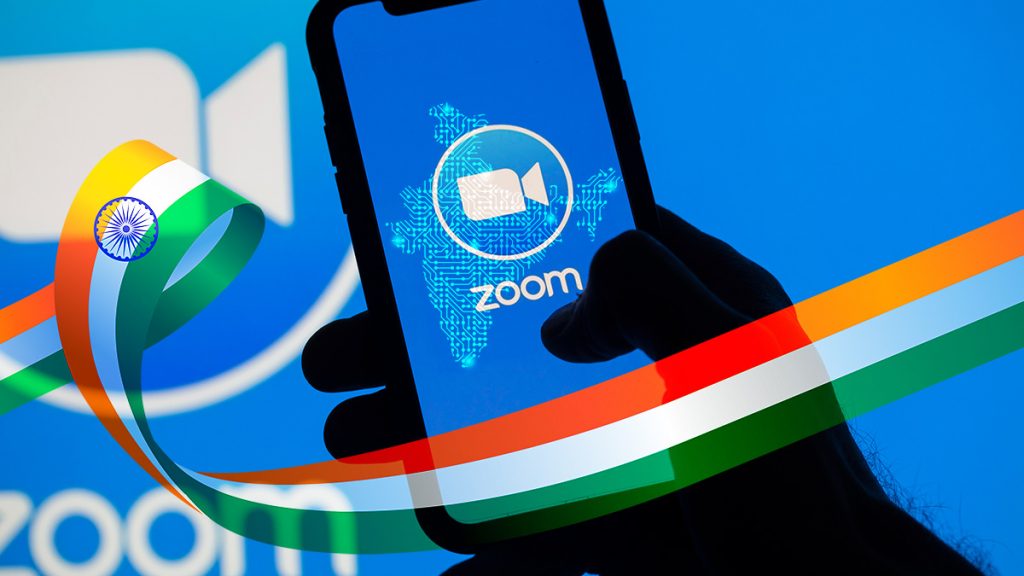
India’s political and bureaucratic complexities, along with barriers to entry and corruption, hinder efficient implementation of initiatives like Zoom’s new license political digital barriers.
- Challenges include bureaucratic hurdles, lack of competition, and outdated policies.
- Addressing these requires streamlining procedures, promoting competition, and reducing corruption.
A young student from a rural village in India is struggling to keep up with her studies due to the lack of access to digital infrastructure. Her school has limited resources, and she cannot afford expensive devices or internet connectivity due to political digital barriers. But what if there was a solution that could bridge the digital divide and provide her with the tools she needs to succeed? Zoom recently announced a new license aimed at doing just that – but will it be enough? On our way to unlocking India’s digital future, let’s first tackle the obstacles hindering equal access to digital infrastructure. How can digital transformation impact our future, and what role do policymakers play in paving the way for a more connected world?
Political Puzzle
India’s political and bureaucratic system can be complex, leading to delays and inefficiencies in implementing initiatives like Zoom’s new license. The government’s policies and regulations can create barriers to entry for new players, leading to a lack of competition and innovation in the market. Additionally, bureaucratic procedures and corruption can create red tape and make it difficult for companies to navigate the system. These factors can pose significant challenges for initiatives like Zoom’s new license, which require quick and efficient implementation to reach the intended beneficiaries.
To address these challenges, policymakers need to focus on creating a conducive environment for the digital infrastructure sector. This can be done by reducing bureaucratic hurdles, streamlining procedures, and promoting competition in the market. Additionally, policies and regulations need to be updated to reflect the changing nature of the digital infrastructure sector. Policymakers should also work to increase transparency and reduce corruption in the system to ensure that initiatives like Zoom’s new license can be implemented efficiently and effectively.
One of the biggest challenges to bridging the digital divide in India is the lack of internet infrastructure in rural areas. While urban areas have access to high-speed internet, many rural areas are still underserved. This is due to a lack of investment in infrastructure, as well as the difficulty of providing connectivity in remote areas. Initiatives like Zoom’s new license can help bridge this divide by providing affordable and accessible video communication solutions. However, the implementation of such initiatives can be challenging due to the lack of internet infrastructure in many rural areas and the political digital barriers.
To address this challenge, policymakers need to focus on increasing investment in internet infrastructure in rural areas. This can be done by providing subsidies to companies to build infrastructure in underserved areas, as well as promoting public-private partnerships to increase investment. Additionally, the government can work to reduce regulatory barriers to entry for companies looking to provide internet services in rural areas. By addressing these challenges, policymakers can help ensure that initiatives like Zoom’s new license can reach their intended beneficiaries in rural areas.
Another challenge to implementing initiatives like Zoom’s new license is the lack of digital literacy among many Indians. While India has made significant progress in improving digital literacy in recent years, many Indians still lack the skills and knowledge necessary to fully take advantage of digital infrastructure. Initiatives like Zoom’s new license can help promote digital literacy by providing affordable and accessible video communication solutions. However, the implementation of such initiatives can be challenging due to the lack of digital literacy among many Indians.
To address this challenge, policymakers need to focus on promoting digital literacy in India. This can be done by increasing investment in digital education and training programs, as well as promoting public-private partnerships to improve access to digital literacy resources. Additionally, the government can work to reduce the digital divide by providing subsidies to low-income households to purchase digital devices and access digital services.
Final Thoughts
By addressing these challenges, policymakers can help ensure that initiatives like Zoom’s new license can reach their intended beneficiaries and promote more equitable access to digital infrastructure in the country. bridging the digital divide is not just about technology but also about ensuring that all Indians can benefit from the opportunities that digital infrastructure can bring.
Inside Telecom provides you with an extensive list of content covering all aspects of the tech industry. Keep an eye on our Telecom sections to stay informed and up-to-date with our daily articles.